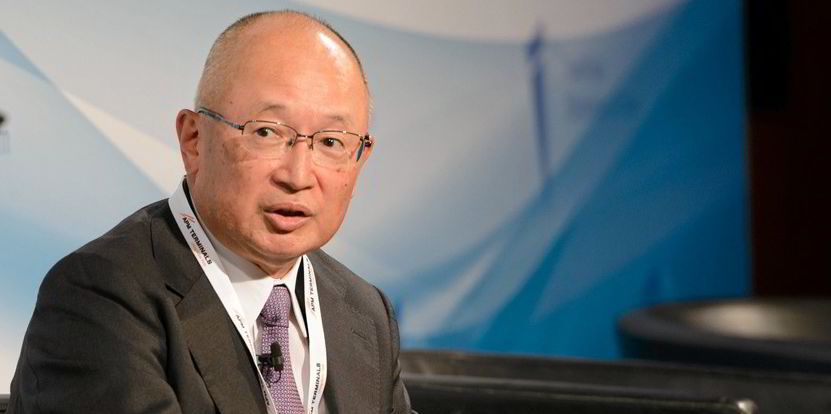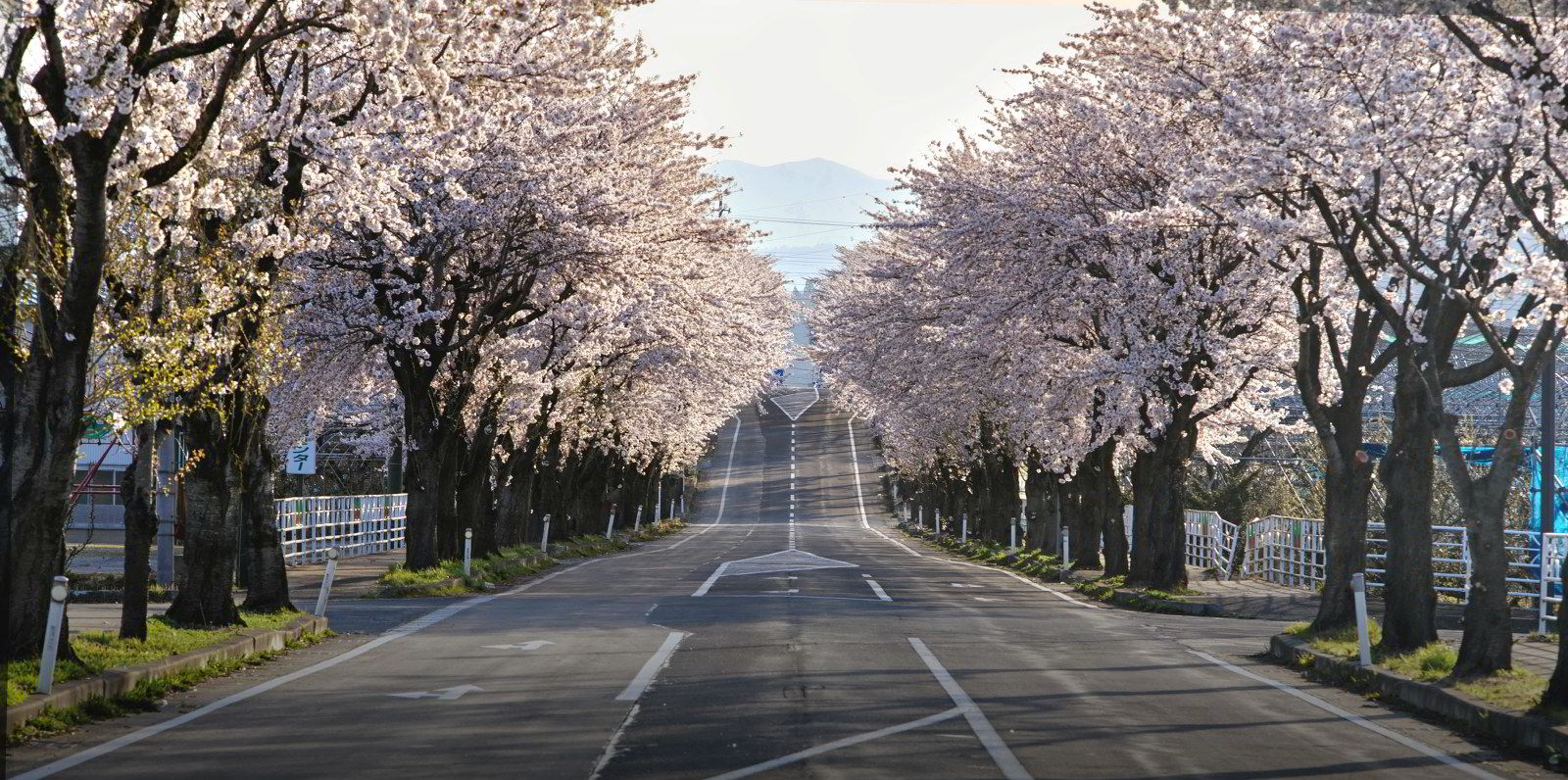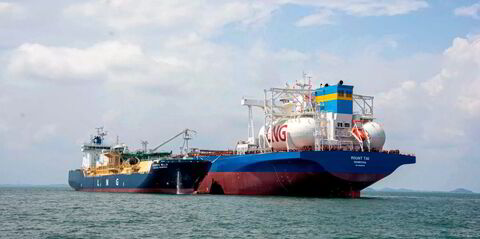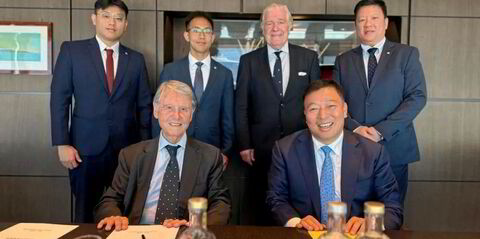The Panama Canal is facing an unprecedented water crisis, but Gabriel Aleman sees it as no surprise.
As climate change fuels more extreme weather patterns, authorities have long known that water levels in Gatun Lake are the waterway’s Achilles heel, the Panama Canal Pilots Association president told TradeWinds.
“It’s the story of, ‘Here comes the wolf! Here comes the wolf!’” Aleman said, referring to the fable of The Boy Who Cried Wolf. “And the wolf is here.”

Only in this version, the boy was telling the truth all along.
After the Panama Canal Authority imposed more restrictions over the past two weeks following the driest October on record, the queue of vessels is building.
Leth Agencies reported that on Monday, 118 ships were queueing to enter the canal, below the peaks in September but up from a backlog of 96 on 1 November, the day after the latest restrictions were announced. Last week, the shipping agency stopped reporting how long wait times were because the authorities stopped allowing un-booked vessels to pass through the waterway.
The deepening crisis has led to anger in the country’s maritime industry, a key sector of the economy.
Maritime sector unions in Panama complained that the country’s officials have failed to take actions that could ensure the century-old canal would not be hobbled by water shortages.
They pointed to plans approved by lawmakers in 1999 to build infrastructure that would give the canal a supply of water from a second watershed via the Indio River, and studies carried out in 2003 backed up the plan.
But he said even when rainfall levels are low, Panama is a wet country, so there was no visible urgency. The law was rescinded in 2006.
“And since 2006 until now, none of the administration has been able to provide for a plan B,” he said.
The Panama Canal Union of Captains and Mates, made up of tug officers who guide ships through the waterway, voice similar complaints on X, formerly known as Twitter.
“It’s worrying that administrators and boards [at the Panama Canal] have known for decades that the waterway needs water to survive and they have done nothing,” the group said.
“The current administrator signalled in 2019 that his main challenge was water. The plan is that there is no plan at this moment, and the canal keeps losing business.”
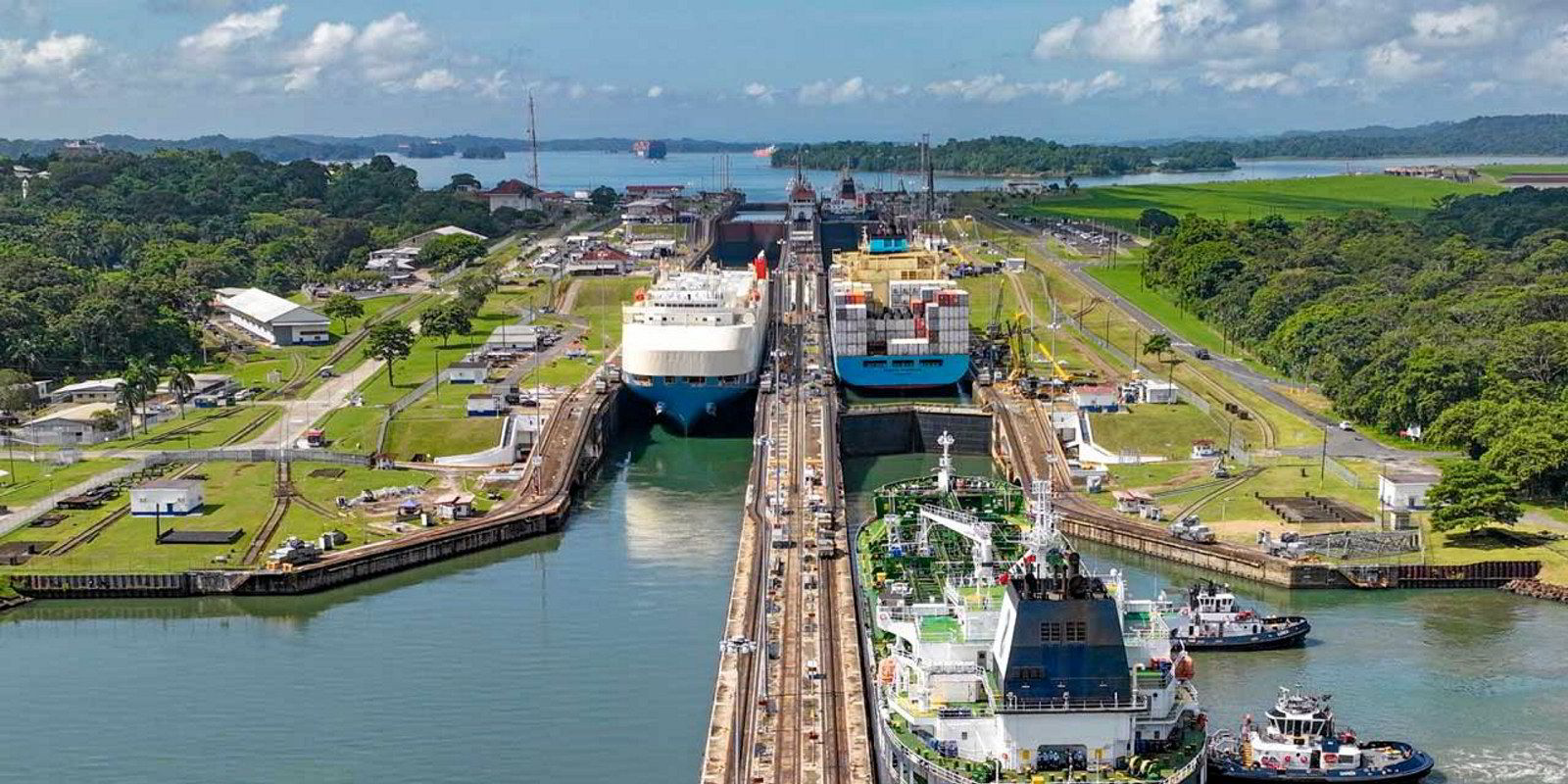
The canal authority said it has long studied and made significant investments in managing its water supply, which it described as its most precious resource.
“In recent years, the implementation of a more robust water management system has become a critical priority and a series of potential solutions have been studied, looking first at options within the canal’s jurisdiction,” the agency said after this article was originally published..
But officials said specialists working with the US Army Corps of Engineers that the technical solutions available within the canal’s jurisdiction are not sufficient to meet the growing demand for water.
Solutions, including the use of water from the Indio River, will have to come from outside its watershed, which requires the Panamanian government’s involvement, they said.
“Therefore, the board of directors, as part of its mandate, delivered a proposal to the government to advance this process,” the authority said.
A tender process is underway for a project aimed at approving water reliability in Gatun Lake, and water saving measures have been adopted.
The Panama Canal is reliant on Gatun Lake and the smaller Alajuela Lake to feed the waterway as ships pass 26 metres above sea level as they take the shortcut between the Pacific and the Atlantic. The lakes also provide drinking water, which leads to a difficult balance between the public’s needs and the canal’s contribution to the economy.
Draught restrictions and transit reductions are not uncommon in the dry season, but the record low rainfall brought on by an El Nino weather pattern has struck during what is supposed to be the wet season. The conditions are consistent with what Panama can increasingly expect in climate change, scientists have said.
“Never in the history of the canal have we reduced the amount of transit specifically during the rainy season,” Aleman said.
Of 36 daily transit bookings in normal conditions, the restrictions mean that number will reduce to 18 in February.
Aleman worries that even if the next wet season has normal rainfall, it will take time to restore water levels in Gatun Lake, meaning restrictions may last into 2025.
His association, made up of the pilots who navigate ships through the canal, will continue to focus on doing so safely, which he said is not hampered by the lower rainfall levels.

But Aleman said the pilots wanted the canal authority to build water supply infrastructure for the future.
“There is no longer a short-term solution,” he said.
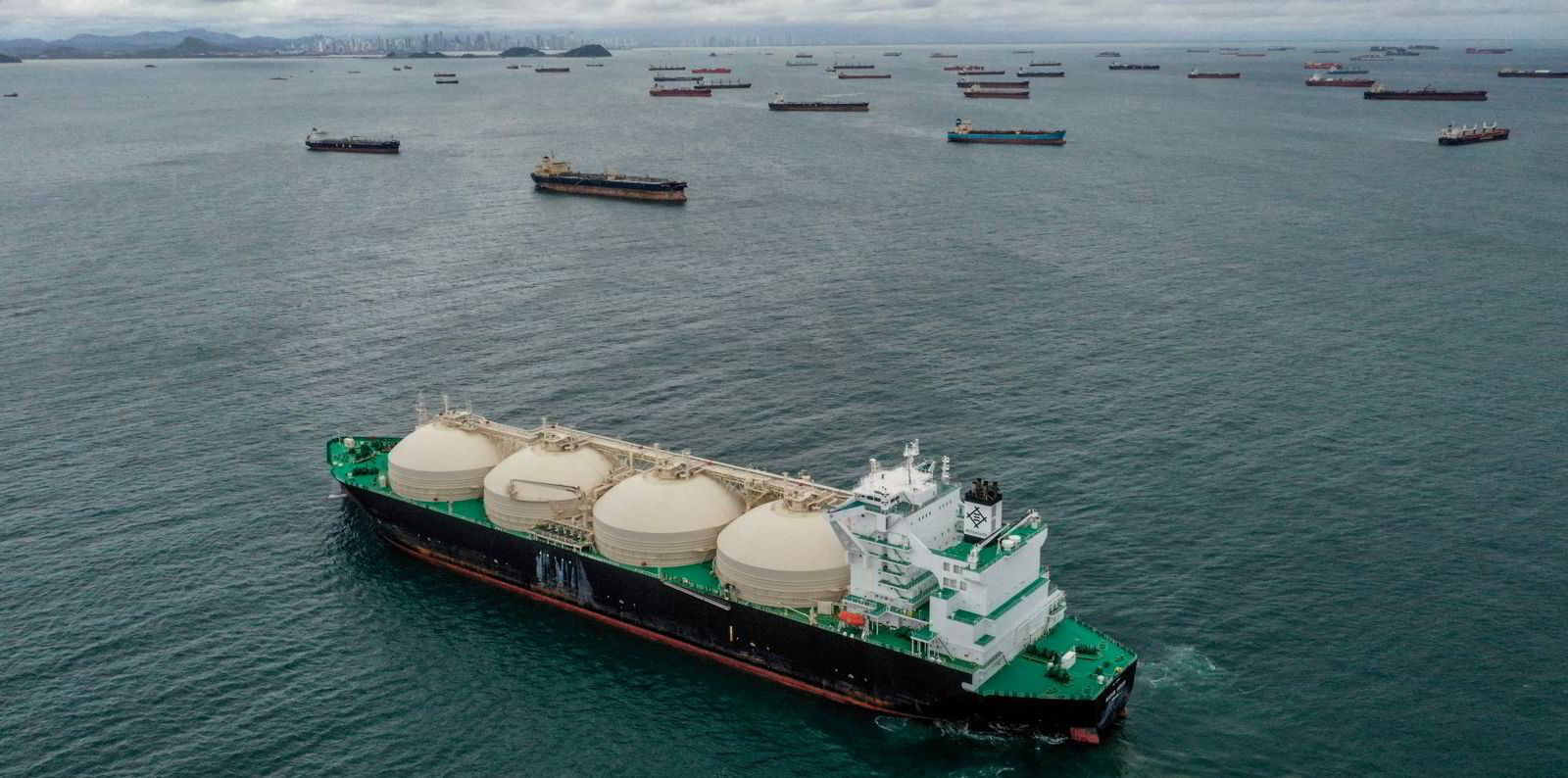
_____________
BW LPG says Panama Canal disruption is not all good news for VLGC owners
BW LPG bosses have warned that delays at the Panama Canal do not translate into pure profit for VLGC owners through higher rates, Gary Dixon reports.
The Singapore LPG carrier owner’s commercial executive vice president, Niels Rigault, told an earnings call that a lack of seasonal rainfall has caused the canal authority to limit transits to preserve water.
“This limitation on VLGC transits could result in a 50% increase in sailing days for the fleet trading between the US and the East, subsequently pushing up rates,” he said.
_____________
Podcast: Charting the green transition with MOL’s Takeshi Hashimoto
Mitsui OSK Lines has been busy on many fronts in shipping’s green transition.
The Japanese shipping giant has been working on developing ships to carry captured carbon dioxide, wind-propelled vessels and methanol and hydrogen-fuelled shipping, and that’s just a few of its initiatives in its pursuit of net zero by 2050, though it also remains heavily involved in the fossil fuels space, including a major position in LNG shipping.
In an interview with TradeWinds editor-in-chief Julian Bray featured in the Green Seas podcast, MOL chief executive Takeshi Hashimoto said the company wants to set a clear achievable pathway to its goal of net-zero greenhouse gas emissions in 2050, even if the details of how to get there are not currently clear.
And that is so the company’s commitment is more than just propaganda, he said in the on-stage interview during the TradeWinds Shipowners Forum Tokyo.
_____________
Orsted finance chief and COO out after $4bn US offshore wind debacle
Recharge reports that Orsted’s chief financial officer Daniel Lerup and its chief operating officer Richard Hunter are stepping down “in mutual agreement”, the Danish utility said less than two weeks after cancelling two gigascale US offshore wind projects, which triggered $4bn in impairment charges.
“Orsted, along with the rest of the industry, is experiencing a challenging and volatile business environment,” CEO Mads Nipper said.
“Therefore, the board of directors and I have agreed with our current CFO and COO that we need new and different capabilities to lead the finance and EPC and operations functions to strengthen Orsted’s journey into the future.”

